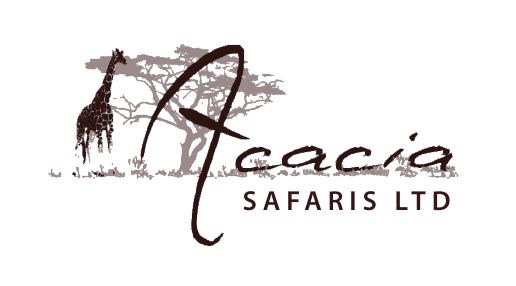Lion Tracking in Queen Elizabeth National Park
Queen Elizabeth National Park in Uganda is home to a diverse range of wildlife, including lions. Lion tracking is a popular activity in the park, allowing visitors to observe and learn more about these magnificent creatures in their natural habitat.
There are several ways to track lions in Queen Elizabeth National Park, including guided game drives, walking safaris, and even hot air balloon rides. The park has experienced guides who are knowledgeable about the area and can help visitors spot lions and other wildlife.
During lion tracking, visitors are likely to see the lions resting or hunting, as well as interacting with each other and their cubs. The guides will also provide information about the lions’ behaviour, diet, and social structure, helping visitors to gain a deeper understanding of these amazing animals.
It’s important to remember that lions are wild animals and can be dangerous if provoked. Visitors should always follow the instructions of their guides and keep a safe distance from the lions. Additionally, visitors should respect the park’s rules and regulations, including staying in designated areas and not disturbing wildlife.
Overall, lion tracking in Queen Elizabeth National Park is an unforgettable experience that offers a unique glimpse into the lives of these powerful predators.
When to Go for Lion Tracking in Queen Elizabeth National Park?
The best time to go for lion tracking in Queen Elizabeth National Park largely depends on your personal preferences and what you hope to see or experience during your visit. However, there are a few things to keep in mind when planning your trip.
The dry season, which runs from June to September and December to February, is generally the best time for lion tracking. During this time, the grass is shorter, making it easier to spot lions in the savannah, and animals tend to congregate around water sources, making it easier to find them. Additionally, the dry season tends to be less humid and more comfortable for visitors.
However, the wet season, which runs from March to May and October to November, also has its benefits. During this time, the park is lush and green, and the landscape is transformed into a beautiful, verdant oasis. Additionally, the wet season can be a great time for birdwatching, as migratory birds flock to the park during this time.
It’s worth noting that some roads in the park may be impassable during the wet season due to flooding or mud. Visitors should check with park authorities or their tour operator to ensure that the roads are open before embarking on their trip.
In summary, the best time for lion tracking in Queen Elizabeth National Park is during the dry season, but the wet season also has its advantages. Visitors should consider their personal preferences and what they hope to see and experience during their trip when planning their visit.
Cost for Lion Tracking in Queen Elizabeth National Park
The cost for lion tracking in Queen Elizabeth National Park can vary depending on several factors, including the tour operator, the type of tour, and the duration of the tour.
On average, visitors can expect to pay between $50 and $150 per person for a lion-tracking tour in Queen Elizabeth National Park. This cost usually includes park fees, transportation, and the services of a knowledgeable guide. However, visitors should check with their tour operator to confirm exactly what is included in the tour price.
Some tour operators offer multi-day packages that include lion tracking as well as other activities such as game drives, boat cruises, and cultural experiences. These packages can range in price from a few hundred dollars to several thousand dollars depending on the level of luxury and the length of the tour.
It’s worth noting that visitors to Queen Elizabeth National Park may also need to budget for additional expenses such as accommodation, meals, and transportation to and from the park. Overall, visitors should expect to spend several hundred dollars or more for a comprehensive lion-tracking experience in Queen Elizabeth National Park.
